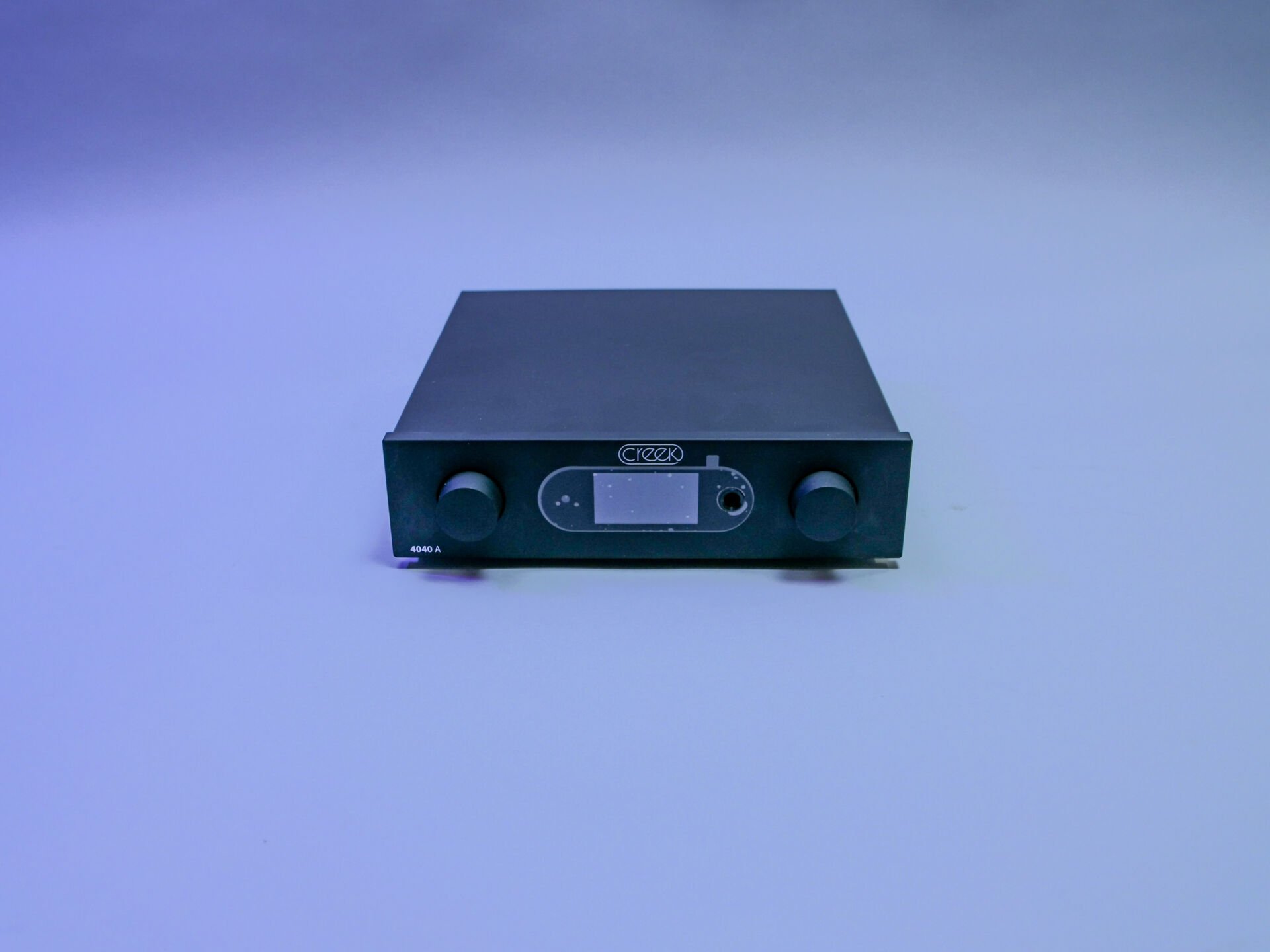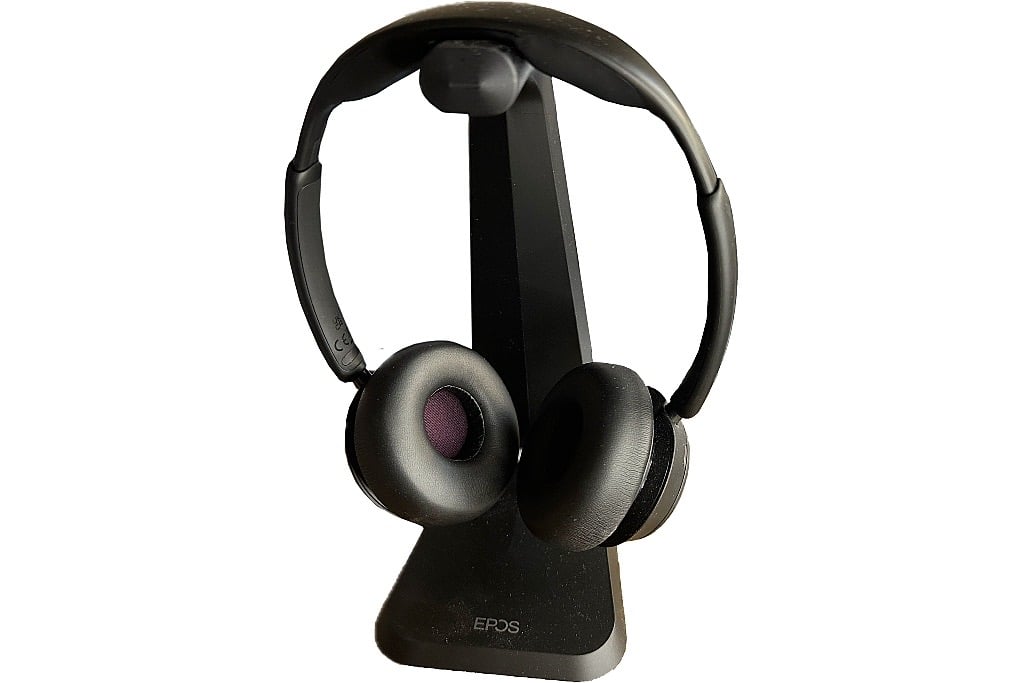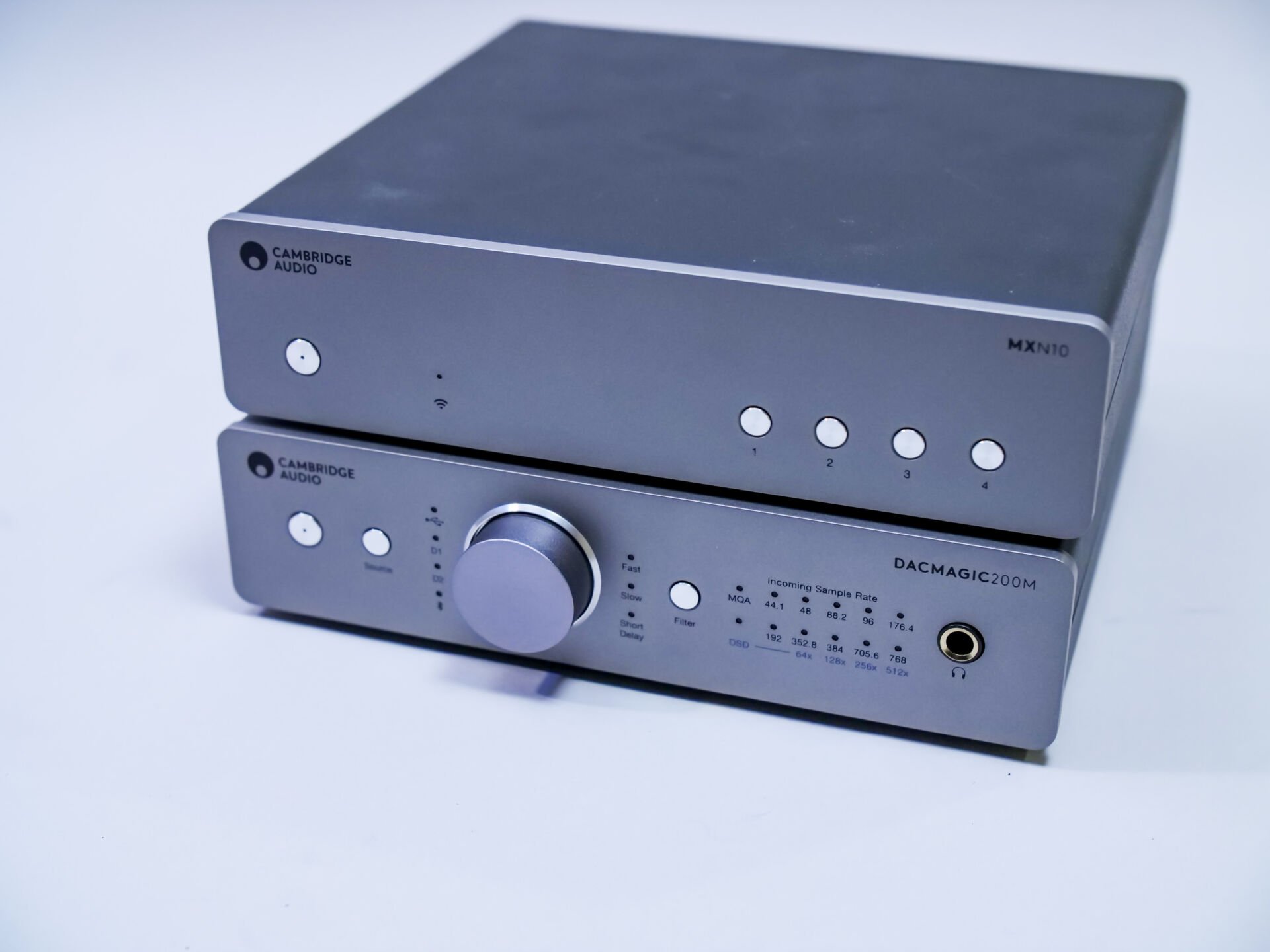

That the USB signal from your computer is not ideal for (bit)perfect digital audio may now be known. Galvanized power supplies, signal shielding and other interference suppressing measures are the designated pesticides against the jitter sample. Telos from Taiwan adds the Macro Q Active Noise Canceler. Does this one keep his promises?
Telos specializes in high end cables, power conditioners and other products to give your audio experience a pendulum. If we look at the website we see a collection of devices and this one immediately stands out: a Quantum Burning Technology Burn-in Machine. This unit ensures that your cables (speakers, interlinks, current) are supplied with the required optimum voltage for optimum performance. This Telos device provides a stable power supply so that your cables sound as they should. This does have a price, $20,000.
Ultra
These and other products from the Telos stable seem to belong mainly to the ultra high end class where money does not play a role and where improvements are a matter of customization. This makes it all the more interesting to test the Telos Macro Q Active Noise Canceler which claims to filter the USB signal at a relatively modest price. What does the manufacturer say about this? Well, that question is not so easy to answer because there is very little information about the Macro Q. On the manufacturer’s website there is an English text that has been copied directly from a Chinese-English translation program. To give you an impression we have also Google-translated this text to Dutch:
“By sensing circuit to detect noise and transmit a compensation-correction signal, which compensates irregular noise synchronously, a relatively stable USB transmission channel can provide to compensate the signal traction caused by noise. Macro Q can transmit the currently calibrated high speed backward signal, it is fully consistent with the dynamic noise of the transmission path”
We interpret this information as follows. The Macro Q generates a noise signal that is inversely proportional to the detected noise signal. This active noise reduction filters the USB signal. This is a different technique than for example Audioquest’s Jitterbug which filters the ‘pollution’ from the supply lines in the USB signal. The only way to find out if it works is to try it.
The Macro Q is a light metal block of approx. 45 grams that has been opened on one side so that we can see the inside. It looks robust and well finished. You can plug the Macro Q directly into the USB port or use the included USB extension cable. The Telos Macro Q itself does not have a USB port. We’re testing it on our Macbook Pro and iMac 27″. Connected peripherals: Mytek Brooklyn Bridge and a number of portable DACs such as the Oppo HA-2. For comparison, we have the Audioquest Jiterbug called.
To be honest, we hear a very subtle difference when we use the Telos Macro Q. As we often write down, it is easier to notice the effect of an aircraft when we return to the basic situation. If we do this, and take the Macro Q out of the USB port, we hear that with the Macro Q there is a bit more overview and rest than without. But the difference is tiny. If we connect Audioquest’s Jitterbug for comparison, we immediately hear a difference. There’s a wider soundstage, more precision, more tranquillity. Yeah. It may be that our system is too ‘cheap’ to pass on the effect that the Telos Macro Q has to give. Now a Mytek Brooklyn Bridge of almost € 3,000, and headphones in the price range of € 400 to € 1,000 are not exactly cash heads. But perhaps the Macro Q is especially something for high end equipment in the class that ordinary mortals buy houses for. Who knows? It could very well be that this Telos does very well in another system.
Flashing LED
What we really find an extremely annoying feature, however, is the bright LED light that flashes at a high speed when the Macro Q is connected to the USB port. This LED cannot be turned off and connected to the laptop it blinks right in our face. Turning around doesn’t work; and also when we put the Macro Q behind the screen we see reflections of the blinker. At a certain point it distracts so much that, although decoupling produces less auditory rest, it does produce a considerable gain in visual rest.












